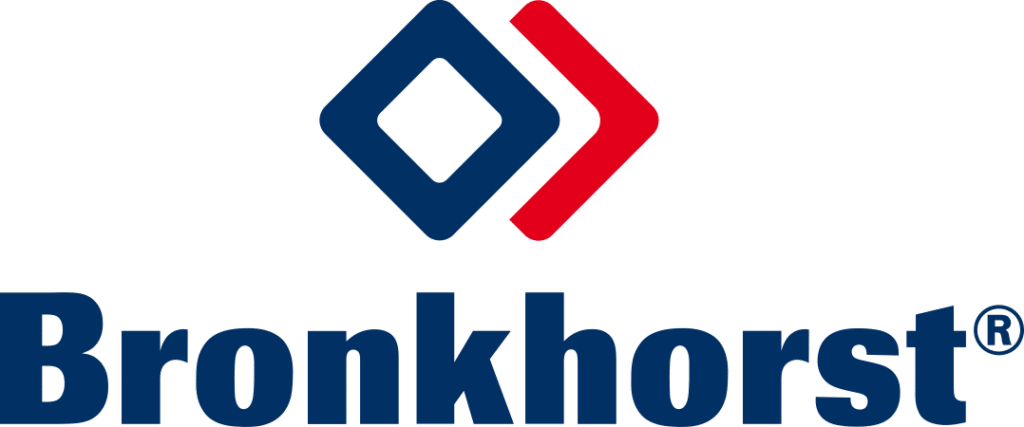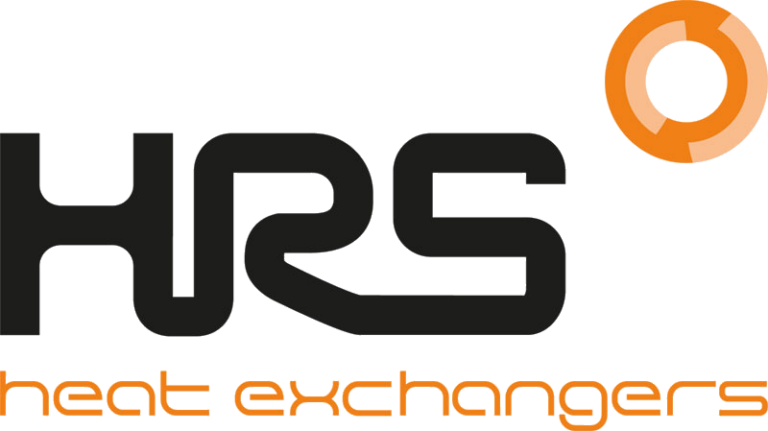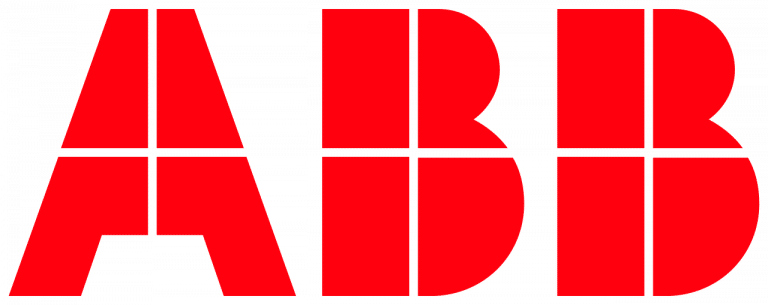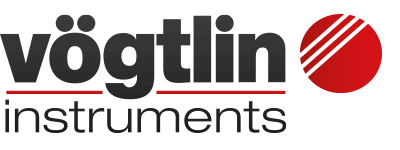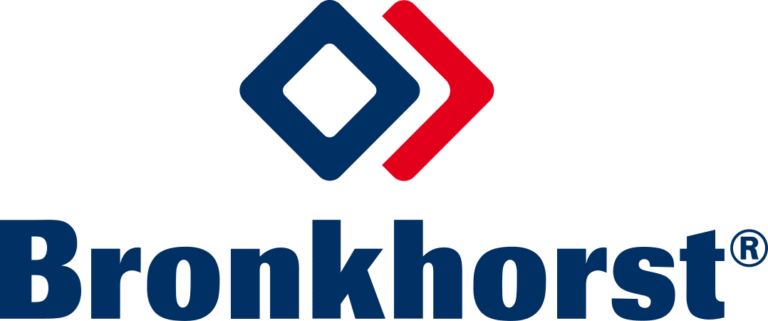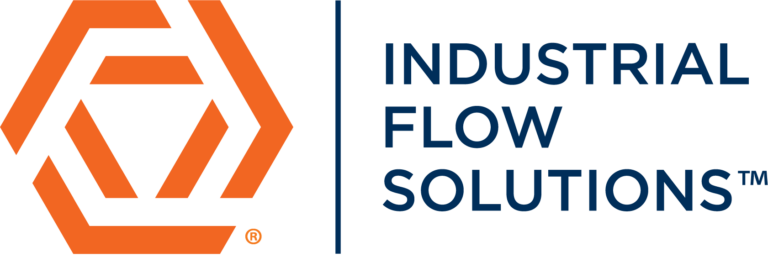In this article, Peter Derkzen and Gerhard Bauhuis, liquid dosing specialsts at Bronkhorst High-Tech, share their expertise about liquid dosing systems. Within the Bronkhorst organisation, they are responsible for developing dosing solutions for all sorts of processes where additives must be dosed. They receive all kinds of questions related to dosing of additives.
Peter Derkzen: “We see many applications in the field using liquid dosing systems. For example, in the food industry to add fragrances and flavourings, in the household chemical industry to add dyes to detergent, in the perfume industry to add fragrances, and in the petrochemical industry to dose additives like catalysts and odorants. There are several options how you can dose additives; with a flow meter combined with a dosing pump or just a pump. Throughout the years, we gathered the most frequently asked questions.”
Dosing additives with a flow meter and/or dosing pump
1. What’s the difference between liquid dosing with just a flow meter, and using a flow meter combined with a dosing pump?
“Our flow meters precisely measure and check the quantity of liquid being dosed. This allows for extremely accurate dosing, which has several benefits:
- Savings in raw materials and additives;
- Better process quality; and
- Traceable flow values.
Dosing pumps move a known volume per unit of time, without measuring the flow that goes into the process. If you dose additives using a dosing pump – without a flow meter – the value can deviate by up to 50% from the desired quantity of liquid that you want to dose. This could be due to wear and tear, air pockets, or fluctuations in pressure and temperature.”
Dosing colorants
2. What is important to know if you’re dosing liquids at a low flow rate?
“It’s important that you purge your process well. A small air or gas bubble can distort the dosing process and measurement values for your process. We have a great deal of experience with these kinds of processes, and can give you advice on how to tackle this issue. We’ve also produced an ebook which you can download for free. The ebook explains in detail how to handle low liquid flows, with a focus on liquid flows under 100 g/h.”
Liquid dosing in an existing process
3. We have an application that requires liquid dosing in the process. Can you help with that?
“We sure can! Bronkhorst has several flow meters – thermal, Coriolis and ultrasonic – that can be used for liquid dosing. We specialise in low flow rates, anywhere from 0.05 g/h to 600 kg/h. All flow meters we produce can be used for both control and dosing of liquids. For dosing applications most customers choose a Coriolis instrument, such as our mini CORI-FLOW series. These flow meters measure mass with a high degree of accuracy.
If volume dosing is all you need in your process, your best option is our ES-FLOW ultrasonic liquid flow meter. The thermal instruments – from our µ-FLOW series – are mainly used in applications with an extremely low flow rate, < 100 mg/h.”
4. Can I connect your flow meter to my dosing pump in an existing process?
”Yes, absolutely. By connecting the flow meter to a dosing pump, you can measure exactly what the pump is doing. Flow instruments can often be used to control the pump for greater precision. This is a significant added value offered by our flow instruments. Bronkhorst can help with advice and on-site system installation. Find out more about the possibilities we can offer you.”
Liquid dosing system
5. In my process, can I switch between continuous dosing and batch dosing?
”Yes, you can realise different types of dosing using the integrated PID controller and the batch controller in our Coriolis and ultrasonic flow instruments. This allows for continuous dosing, where the flow controller maintains the flow rate in the process at a set value. If the setpoint is changed, the system immediately adjusts. You can also track the output signal from another flow meter, allowing you to adjust, mix or blend other additives (in ppm). This is called ratio control; a ratio of the main flow is mixed or blended into the main flow.
As well as continuous dosing, you can also do batch dosing. With batch dosing, the PID controller regulates the fill times. For extremely short fill times, less than a couple of seconds, open/close valves are used.”
6. Can you also fill jars?
”Yes, filling jars is quick and easy using the batch controller function on our Coriolis and ultrasonic flow meters. You only have to enter the batch value on the flow meter once, then for each batch you can simply re-start the counter. If desired, the batch controller can automatically adjust to the changing conditions.”
7. What kinds of speeds can be achieved for my filling process?
”For dosing applications, speeds of up to 50 msec can be achieved using special on/off valves. You often see these in production lines where jars or soft drink bottles on a conveyor belt have to be filled quickly with flavourings or other additives.”
8. What kinds of quantities can I dose?
”For a process with continuous dosing, anywhere from a couple of mg/h (with the µ-FLOW series) up to around 1000 kg/h (with the CORI-FLOW series). With batch dosing, the batch size depends on the dosing time and maximum flow rate, so it varies from 50 μg to 278 g in around one second, up to many times that amount if the dosing times are longer.”
Bronkhorst liquid dosing systems
9. Can Bronkhorst provide complete dosing solutions?
”Yes, we can offer compact dosing sets comprising a flow meter with a dosing pump or valve on a mass block or plate. Alternatively we can offer customised skid or cabinet mounted systems, complete with PLC/HMI for operation, if desired.”
10. What are the benefits of dosing liquids with Bronkhorst flow meters?
”Using our Coriolis and ultrasonic flow meters you can dose independently of the medium properties or the environmental conditions; the flow meters will ensure that temperature and pressure variations barely impact the result. Our flow meters offer several other benefits:
- PID controller on-board: our Coriolis and ultrasonic flow meters have an integrated PID controller. This allows you to adjust the control valve or pump based on the actual measured flow, for highly accurate dosing and minimal additive waste.
- Improved quality control: you know exactly what you’re dosing, which is important in certain industries where you have to keep accurate records. It can also help reduce product rejections.
- No PLC/PC necessary: peak flows and back flows are included in the measurement, without the need for a PLC/PC. The result is an extremely compact solution.”

If you want more information about liquid dosing, visit Bronkhorst’s website www.bronkhorst.com or contact Bronkhorst via request@bronkhorst.com.




